EU Pravo-Justice Project presented Mediation Communication Strategy

On 7 September, EU Pravo-Justice Project together with EU CONSENT Project presented Mediation Communication Strategy. This strategy is based on the special research conducted, open data analysis, Ukrainian media monitoring, etc.
The presentation of the Strategy was attended by representatives of central executive authorities, the High Council of Justice, the Supreme Court, the Council of Judges, and the professional mediation community.
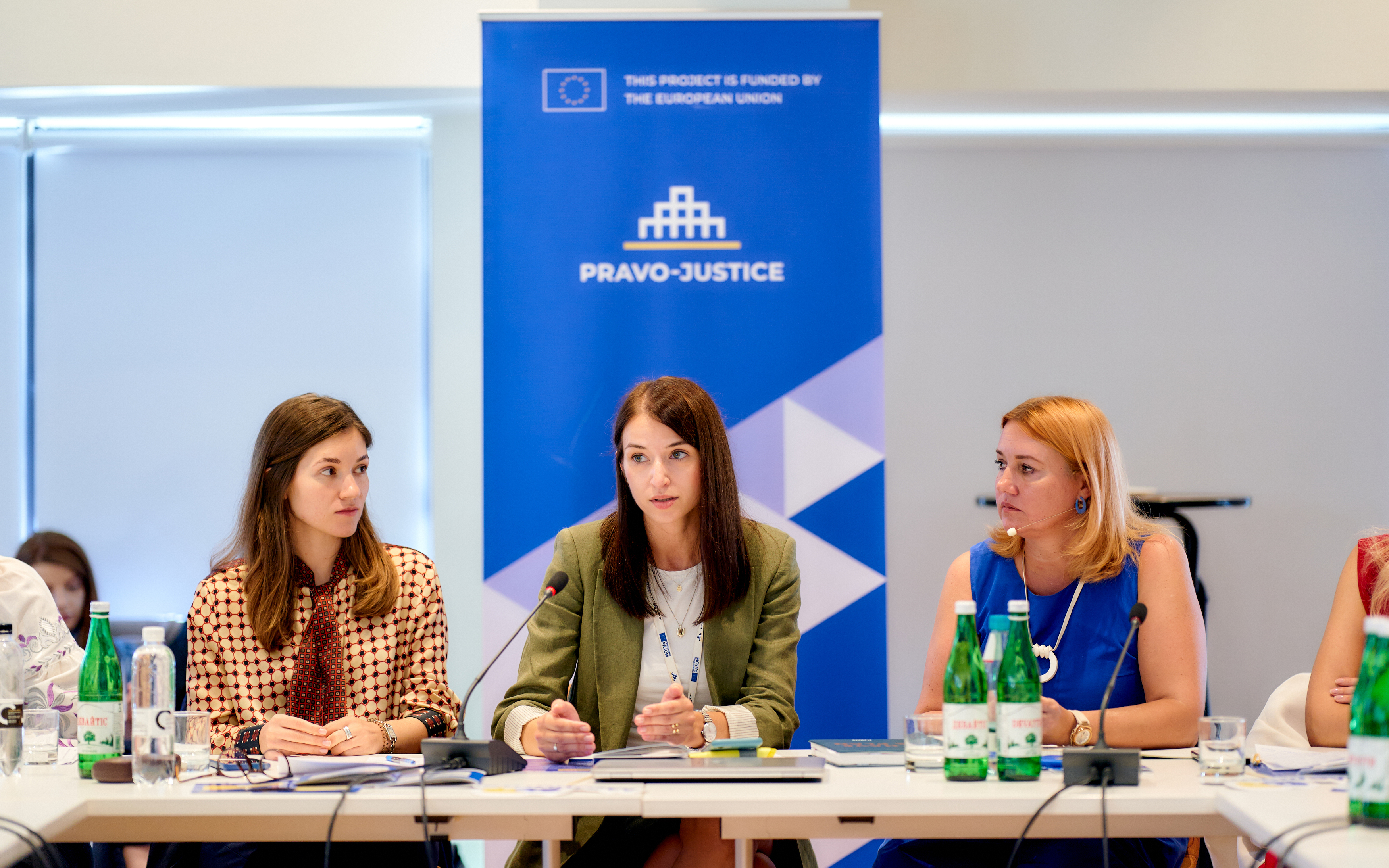
According to Oksana Tsymbrivska, Country Manager of EU Project Pravo-Justice, despite mediation’s many advantages, unfortunately, this service is still little known in Ukrainian society, and therefore it is necessary to promote it.
“Alternative dispute resolution is the future. Developing these methods contributes to a more efficient, democratic and flexible justice system, where the parties have the opportunity to choose the best way to resolve their conflicts. Therefore, systematic, comprehensive and unified communication of mediation is the key to generating demand for it. After all, informing about mediation and its benefits contributes to a better understanding of this procedure, promotes using it, and also contributes to raising general legal awareness of citizens and shaping a culture of conflict resolution,” Oksana Tsymbrivska emphasised in her opening remarks.
Luiza Romanadze, Team Leader of EU CONSENT Project, also joined the presentation. She noted that the next step is to implement the Mediation Communication Strategy.
“This Communication Strategy is aimed at shaping the image of mediation because many people today often associate this word with completely different concepts. Thanks to those who worked on it, we have a tool to promote the procedure in Ukraine. Now the Strategy should be implemented by stakeholders and promoted by all parties concerned,” added Luiza Romanadze.

Ivetta Delikatna, a business and public communications expert who presented the Communication Strategy also noted that it is important to intensify efforts to implement it.
“We have to admit that we are only at the initial stage, and there is still a lot of work to do. The study showed that the level of communication about mediation in Ukraine is very low. In order to increase demand for the service, it needs to be promoted. Unified communication using a common visual identity is the key to making mediation more widespread and accepted,” said Ivetta Delikatna.
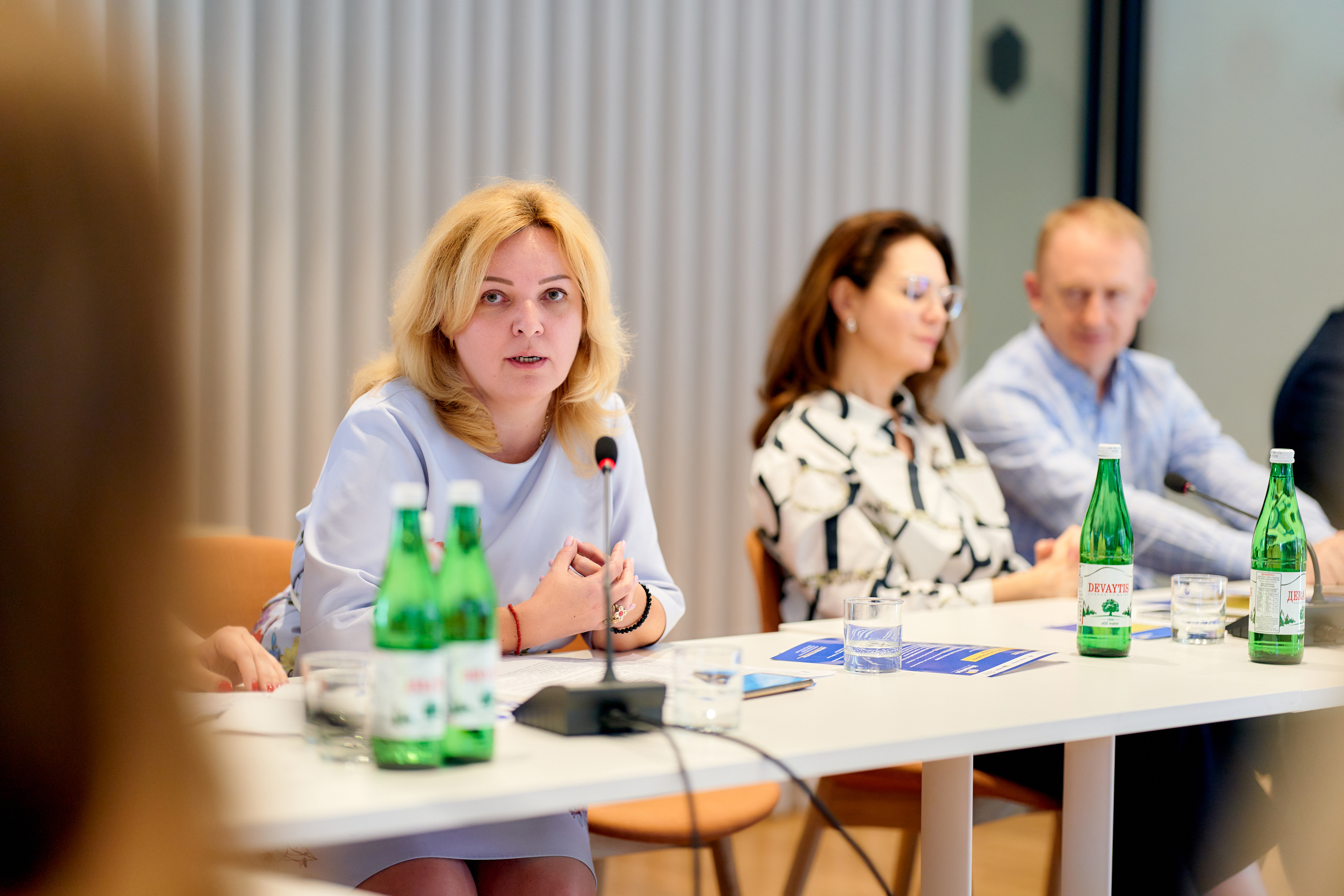
Oksana Blazhivska, an HCJ member, noted that mediation has great potential for development, in particular, it will help reduce the workload of the judiciary.
“We shouldn’t be afraid of mediation, but rather become its supporters. After all, this is perhaps the “kindest” institution, the institution of reconciliation and reaching consensus,” she said.
Oksana Blazhivska also suggested that it would be advisable to legislate judges-mediators.
“The institute of judges-mediators should be advanced among judges, and it should be enshrined in law. With donor support, this project can be implemented by involving all stakeholders in order to train them together,” she said.
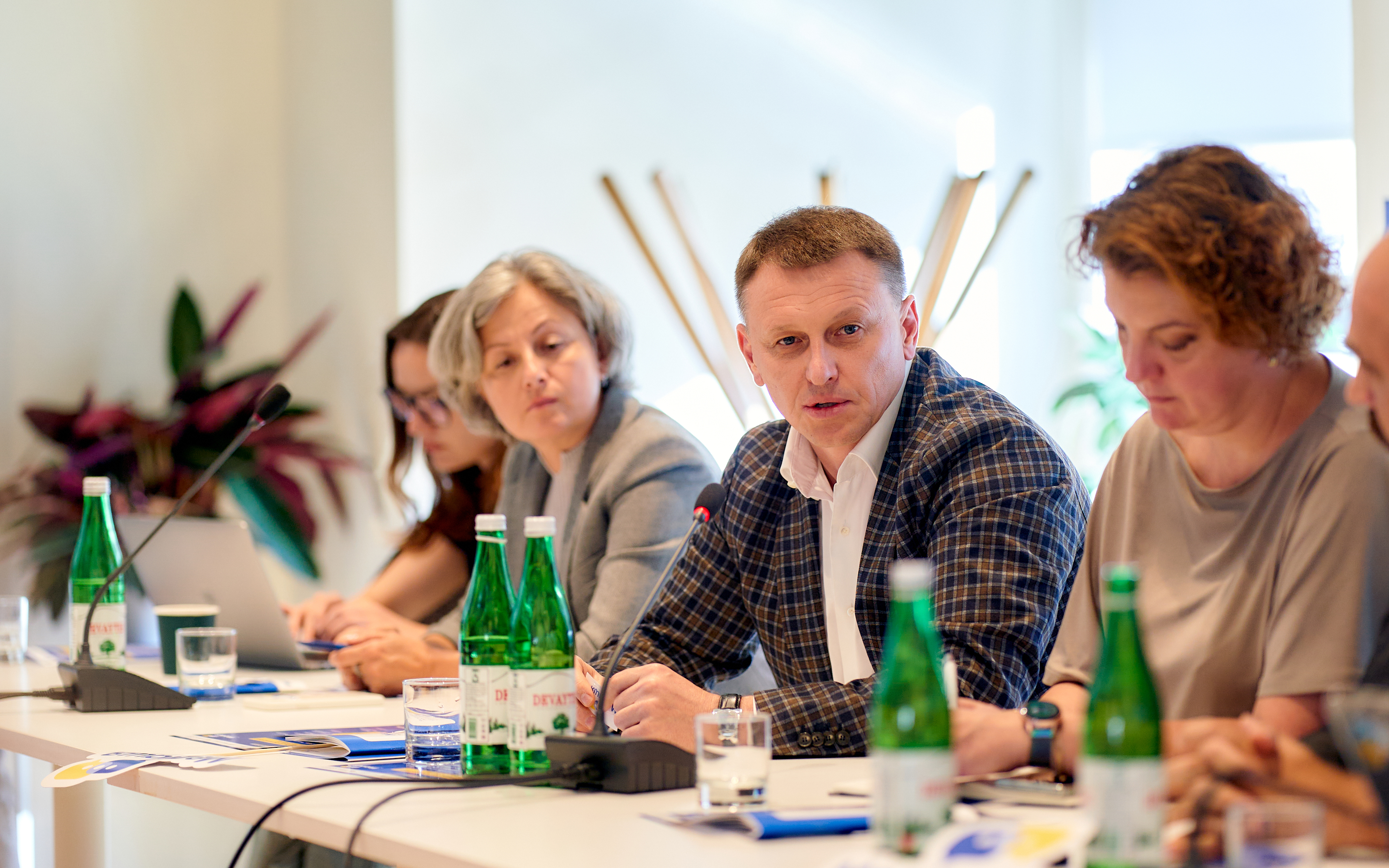
Vitalii Kalnyk, Chair of the Committee of the Council of Judges of Ukraine on Ensuring the Independence of Judges suggested that courts and judges should be actively involved in promoting mediation.
“We are ready to act as mediation promoters – from placing visuals to judges providing direct information about mediation opportunities. In this regard, I do not exclude that it will be necessary to train Ukrainian judges so that they can learn these skills. I am confident that by working together, including through the judicial community, we can achieve a result, namely, spreading mediation, as it is a truly effective and high-quality tool,” Vitalii Kalnyk emphasized.
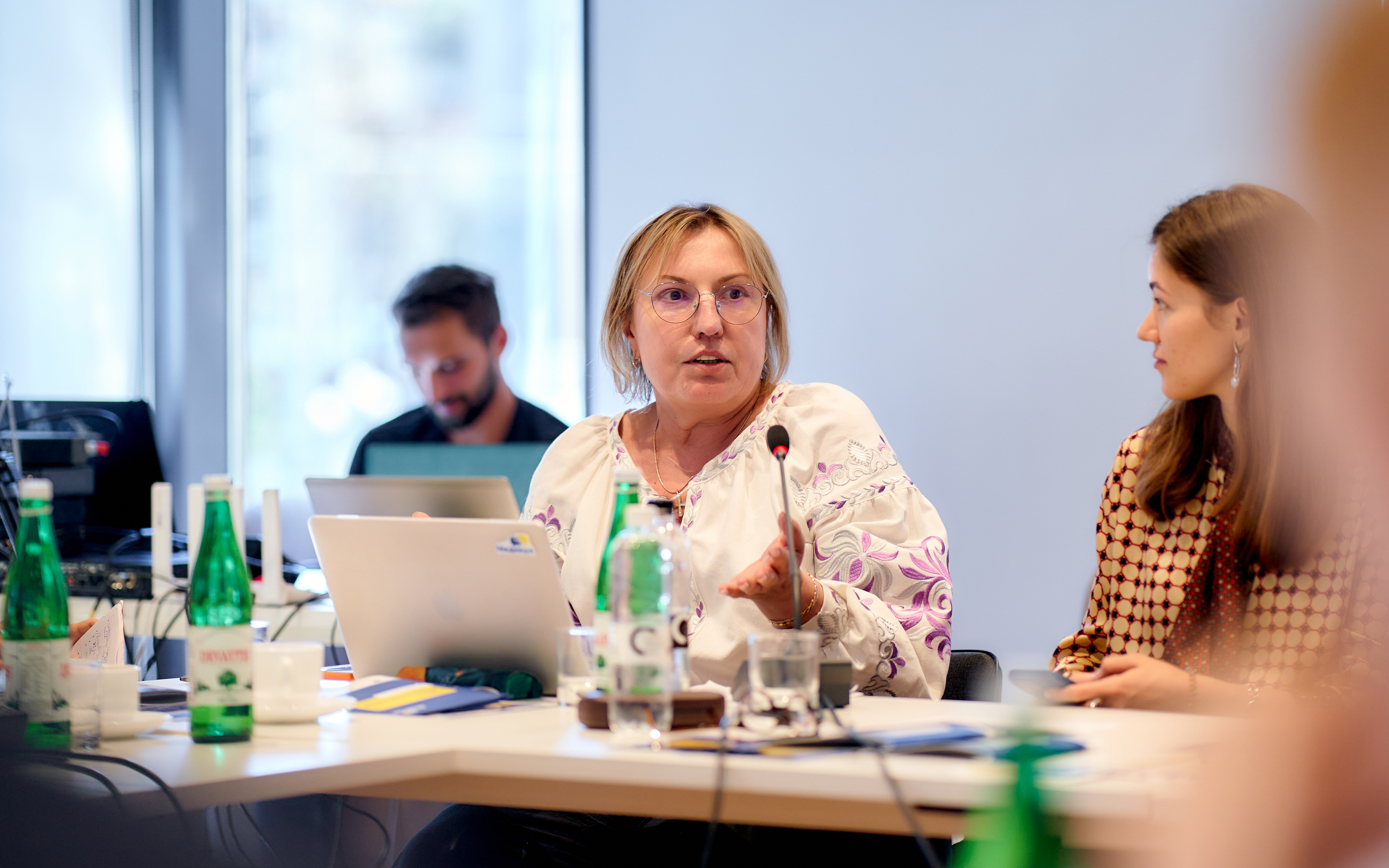
Nadiia Stefaniv, a Supreme Court justice, also spoke about the importance of communication in courts.
“We are making progress, but very slowly. Obviously, we need to fix and accelerate this. And the first thing I would suggest is to make the brand of mediation visible in the courts,” added Nadiia Stefaniv.

Oleksandr Baranov, Director of the Coordination Centre for Legal Aid, stressed that it is important for the entire legal community to communicate mediation.
“In my opinion, the legal community should not be a silent observer when it comes to this issue, as they can best explain to clients who come to solve their problems through legal means that they can be resolved out of court,” he said.
Svitlana Zapara, Deputy Head of the National Mediation and Conciliation Service, focused on the role of labour mediation when presenting the Strategy. She also emphasised how important the Communication Strategy is for developing the procedure as a whole.
“I am convinced that both society and the government need mediation as an important institution that will be developing, and the Mediation Communication Strategy will greatly contribute to this,” Svitlana Zapara emphasised.
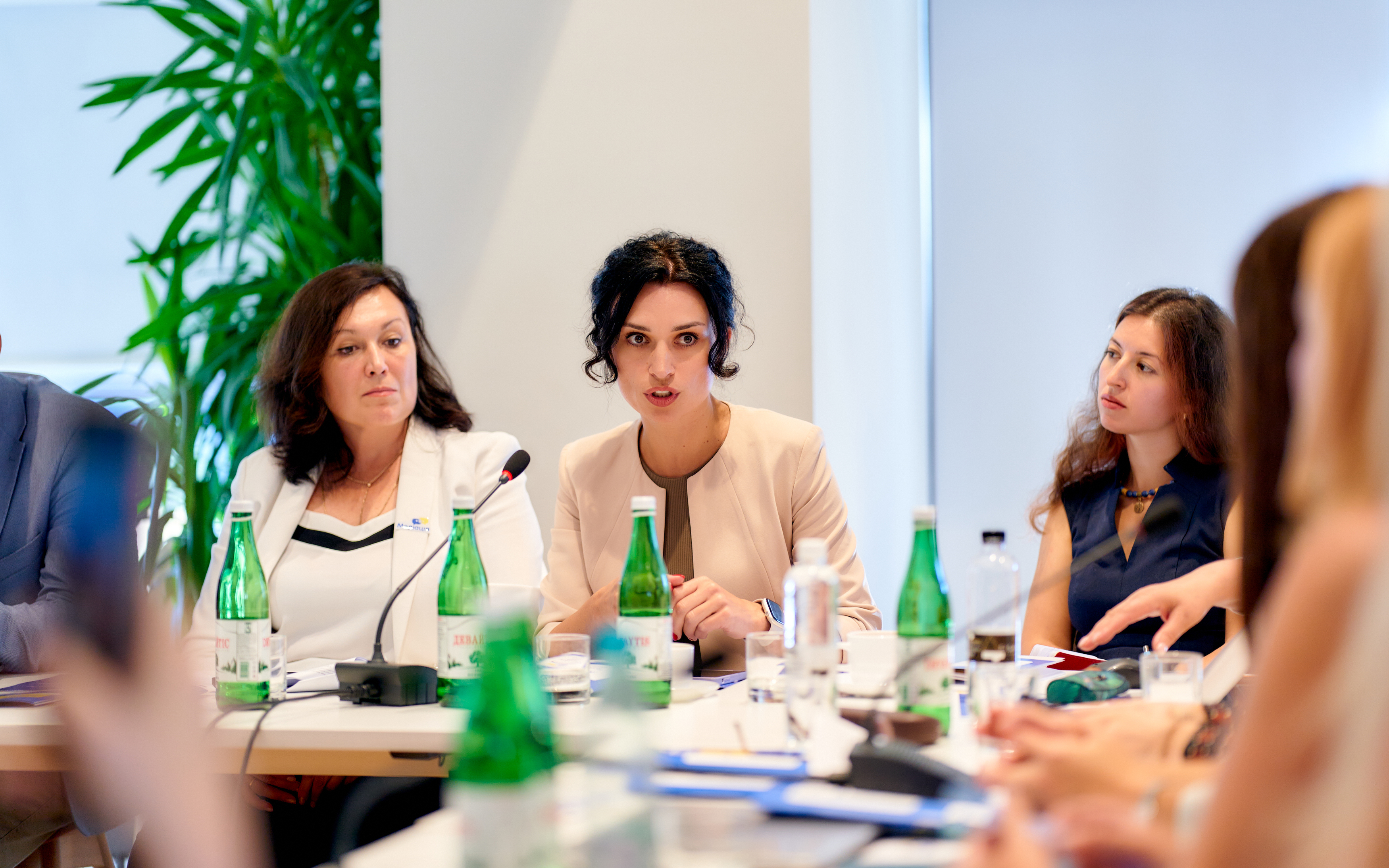
Iryna Petrova, Head of the Mediation Centre at the Notary Chamber, also joined the discussion on the Communication Strategy. She said that since the Centre was established in 2021, 157 notaries have been trained in basic mediation skills.
“Notaries are a powerful stakeholder. When we enter into any transactions, we are primarily interested in ensuring that the process is undisputed. If conflicts arise, they occur at the stage where mediation would be very useful,” she said.
“People are tired of conflicts and aggression. We all want peace. And mediation is exactly about that,” summed up Iryna Petrova, pointing out that notaries are ready to actively engage in promoting mediation.
Andrii Orlean, Deputy Director of the Training Centre for Prosecutors of Ukraine, noted that the mediation procedure is also aimed at saving public funds.
“Criminal investigation costs a lot of money: both pre-trial investigation and the court procedure itself. If we reduce all these procedures as much as possible, given that reconciliation will take place at the very beginning, we will also save huge amounts of public money. That is why we need to focus the attention of all stakeholders who can help on introducing mediation on a wider scale,” Andrii Orlean emphasised.
Nataliia Aliushyna, Head of the National Agency of Ukraine on Civil Service also welcomed the Mediation Communication Strategy in particular and the Project’s initiatives in this area in general.
“Despite the war, civil servants continue to carry out their functions, which means that people are seeking help from them. How can we equip them, how should they overcome communication problems? How can we help them?” Nataliia Aliushyna addressed the attendees.
In her opinion, mediation can be one of these tools. In particular, it can be a response to the needs of civil servants to communicate effectively without conflict.
“We need to protect not only those who seek help from civil servants but also civil servants themselves. It all starts with the words how to overcome aggression and how to respond to it,” she said.
Nataliia Aliushyna expressed the hope that the Strategy would be further followed by an action plan to implement it, with stakeholders involved in its development. As a result, in the future, mediation, for example, could be included in the training programme for civil servants.
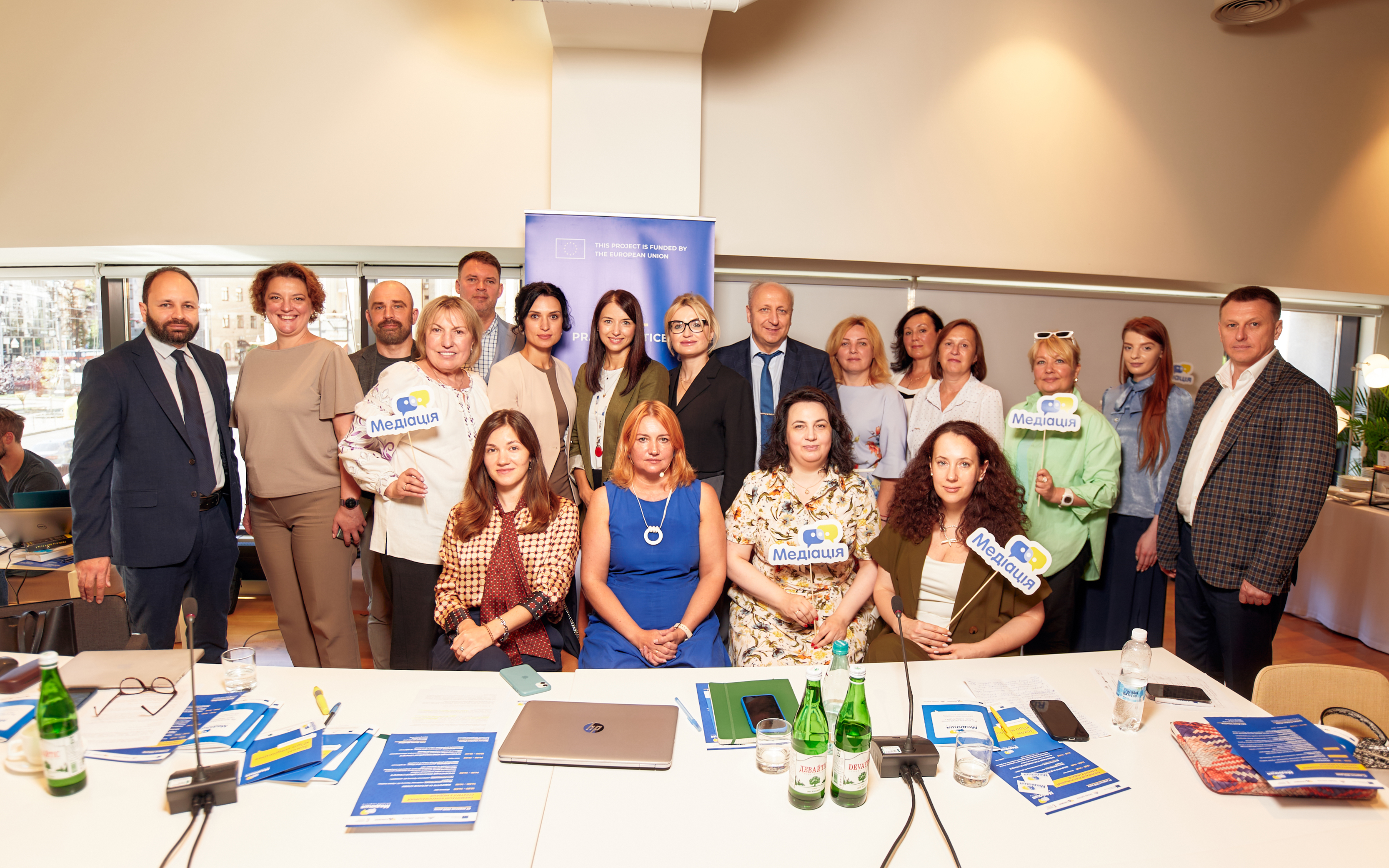
EU Pravo-Justice Project is ready to continue to assist and promote joint efforts to promote mediation. This was emphasised by Oksana Tsymbrivska, Country Manager of EU Pravo-Justice Project.
“This method of conflict resolution, among other things, reduces the workload of the judiciary – a problem that has become particularly acute under martial law. Obviously, this is not an easy task and we understand that we will not get results quickly. However, we are aware in which direction we need to move and, for our part, we are ready to provide donor support,” Oksana Tsymbrivska summed up.
The full video of the presentation of the Mediation Communication Strategy is available here.